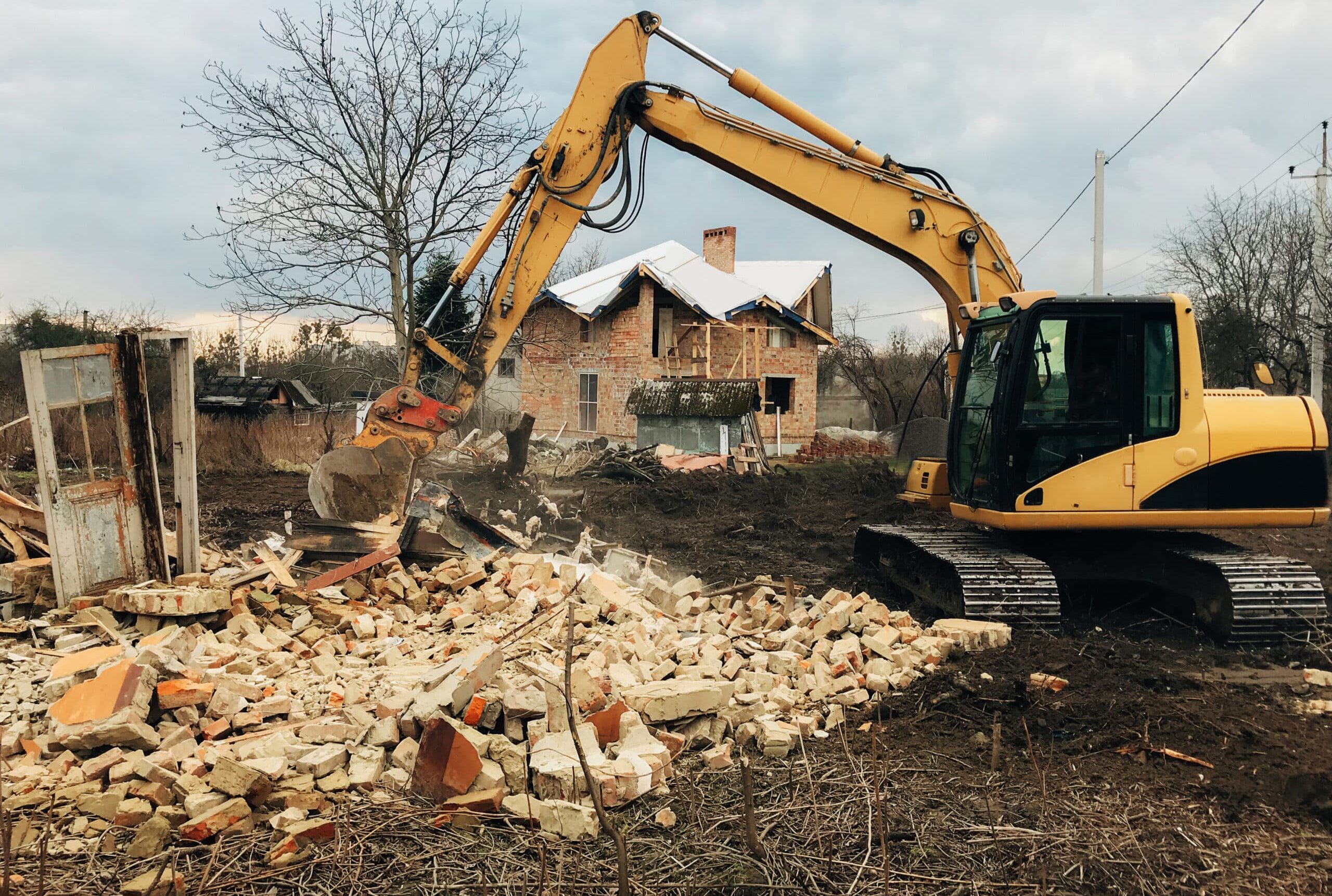When it comes to historical buildings and culturally significant sites, the use of eminent domain can be controversial. In some cases, it can prevent historical buildings from decaying and crumbling to the ground. In other cases, it can pose a threat to these buildings by favoring redevelopment projects that require the demolition of entire blocks. Our attorneys provide an overview of how eminent domain can affect historical sites and explain what you should do if you own a historical building that is at risk of being destroyed.
Can Eminent Domain Be Used for Historic Preservation?
Historical sites help maintain the identity of a community and preserve its cultural heritage for the next generation. Unfortunately, many historical buildings have decayed or been demolished over the years to make room for new development. In some cases, the government may use its power of eminent domain to acquire an older building in order to transfer ownership to someone who will restore it and keep it from decaying.
This is sometimes observed in historic neighborhoods – preserving the unique character of these areas attracts economic growth, new residents, and new businesses. Publicly owned historical sites offer visitors a chance to experience and learn about the past, enhancing tourism. The use of eminent domain to preserve historical buildings can be beneficial for both the public and the building owners.
When is Eminent Domain a Threat to Historical Preservation?
While eminent domain can be used to protect historical buildings, it can also pose a threat to their preservation. One of the biggest concerns with eminent domain is that it can be abused by government entities and developers who may have their own agenda for the property in question. When this happens, they may seek to use eminent domain to persuade owners to sell their properties so they can be redeveloped, making room for large commercial sites or residential projects and stripping the community from its unique character and cultural heritage.
This is a major concern for historical buildings, as redevelopment can often result in their destruction or alteration, thereby eliminating their historical significance. This threat is particularly prevalent in areas that are undergoing rapid development as the demand for property increases and developers seek to maximize their profits. While every state has different legislation on the matter, some jurisdictions have used the concept of blight to extend their eminent domain powers in favor of development and destroying historical sites in the process.
What Are Some Examples of Historical Sites Threatened by Eminent Domain?
While the use of eminent domain for historical preservation has helped protect numerous significant structures over the years, there have also been many notorious cases where eminent domain condemnations have caused controversy and negatively impacted entire neighborhoods in order to favor the construction of modern buildings.
As an example, the historic neighborhood of Mill Creek Valley in Saint Louis, MO, was located between 20th St. and St. Louis University. Some of its residential structures and shops were built in the 18th century by European settlers. In the 1950s, local authorities used the powers of eminent domain to demolish most of the neighborhood. Only a few buildings – such as the old Vashon High School – were spared from demolition. In more recent cases, such as Kelo vs. City of New London (2005), government entities have stretched the concept of “blight” and “public use” to purchase and demolish entire neighborhoods in order to make way for new development.
Can You Stop the Government From Taking a Historical Building and Demolishing It?
If you own a historical building that is at risk of being taken by the government, you may wonder if there’s anything you can do to stop the condemnation process. The best thing you can do is to reach out to an eminent domain attorney to discuss your case.
Your attorney can help you challenge the government’s reasons for wanting to take your building by presenting evidence that the building is not blighted and has historical significance. Your attorney may also help you fight for fair compensation if the development project cannot be stopped. At Hansen, Howell & Wilkie, PLLC, our attorneys can help you protect your rights as a property owner. Contact our office at 919-256-5266 to learn more and see how we can assist you.






